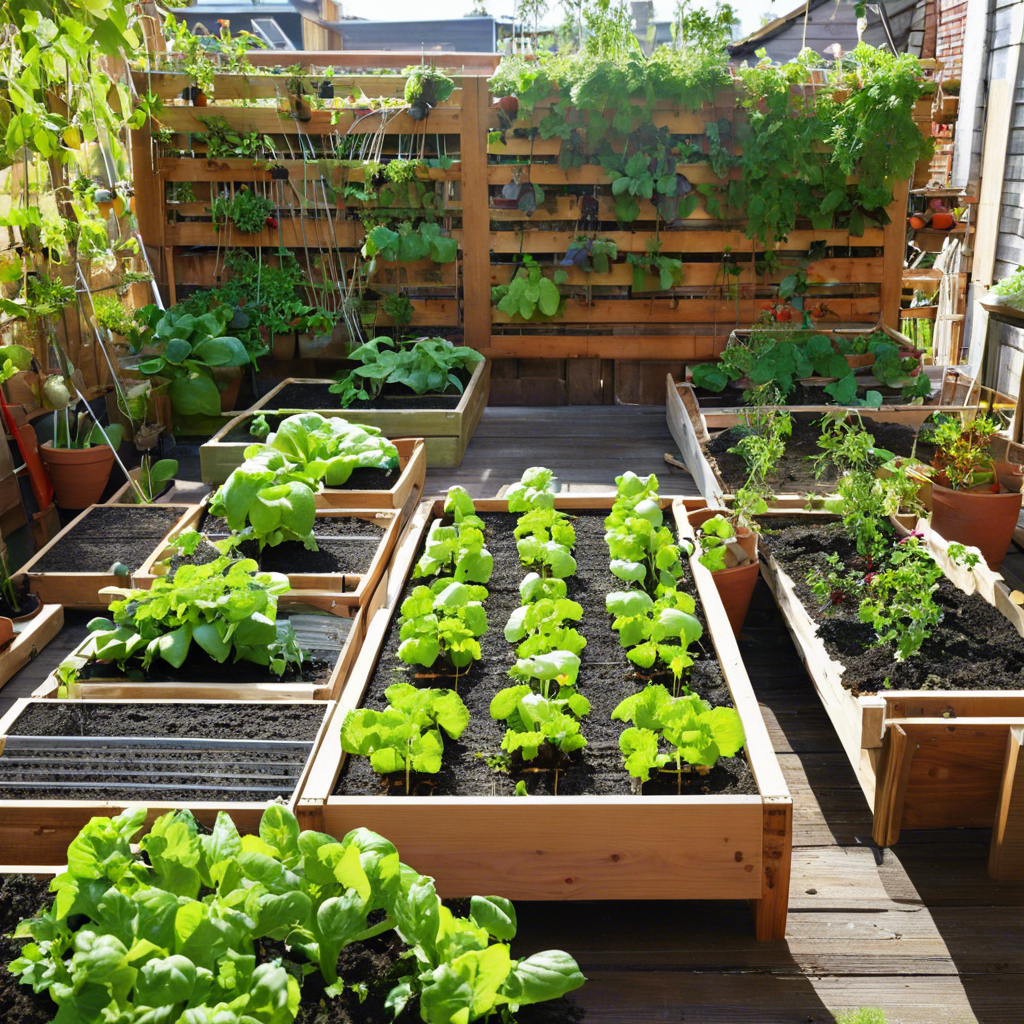Urban gardening is an innovative and sustainable solution for city dwellers looking to cultivate their own fresh produce. With limited space, one might wonder how this is possible. However, with some creativity and careful planning, growing your own fruits, vegetables, and herbs can be an achievable and rewarding endeavor.
The first step is to assess the space you have available. Balconies, windowsills, rooftops, and even small backyards can become thriving oases with the right setup. Container gardening is a popular choice for urbanites, as it allows for flexibility and the ability to maximize space. Choose containers that are the right size for your plants and ensure they have adequate drainage holes. Herbs, lettuce, and strawberries are well-suited for containers and can be grown in relatively small spaces.
When selecting what to grow, it’s important to consider the amount of sunlight your space receives. Most fruits and vegetables require at least six hours of direct sunlight daily. If your space is partially shaded, don’t despair—leafy greens, such as spinach and Swiss chard, and some herbs, like parsley and mint, can tolerate less light. You can also strategically choose plants that grow well in shade to create a natural barrier, providing privacy and a lush atmosphere.
Soil is another critical component of your urban garden’s success. Opt for a high-quality potting mix that is lightweight and well-drained. This will ensure your plants’ roots have access to the oxygen and nutrients they need to thrive. Additionally, consider investing in a soil test kit to check the pH level and nutrient content of your soil. This will guide you in selecting the right plants and any necessary amendments to optimize your garden’s productivity.
Watering is an essential task, and in small spaces, it’s easy to manage and maintain. Consistency is key—keep the soil moist but not soggy. Watering early in the morning or late in the afternoon reduces water loss through evaporation and ensures your plants receive the hydration they need. To minimize water wastage, employ techniques such as using a watering can with a long spout or installing a drip irrigation system, which delivers water directly to the plant’s roots.
As your garden grows, regular maintenance will be required. This includes tasks such as pruning, staking, and training plants to grow vertically to maximize space. Integrated pest management is also important to consider. Natural pest control methods, like introducing beneficial insects or using organic pesticides, can help protect your plants without resorting to harsh chemicals.
One of the joys of urban gardening is involving your community. Engage your neighbors, friends, and local community gardens to create a network of green thumbs. Share tips, swap produce, and even exchange seeds or cuttings to diversify your garden. You can also explore local farmers’ markets to gain inspiration and support local producers.
Urban gardening offers a wealth of benefits, from providing fresh, nutritious food to enhancing your living space and connecting you with nature. It empowers individuals to take control of their food sources and fosters a sense of community. So, roll up your sleeves, grab your gardening tools, and embark on this rewarding journey of transforming your urban space into a productive and vibrant garden.
